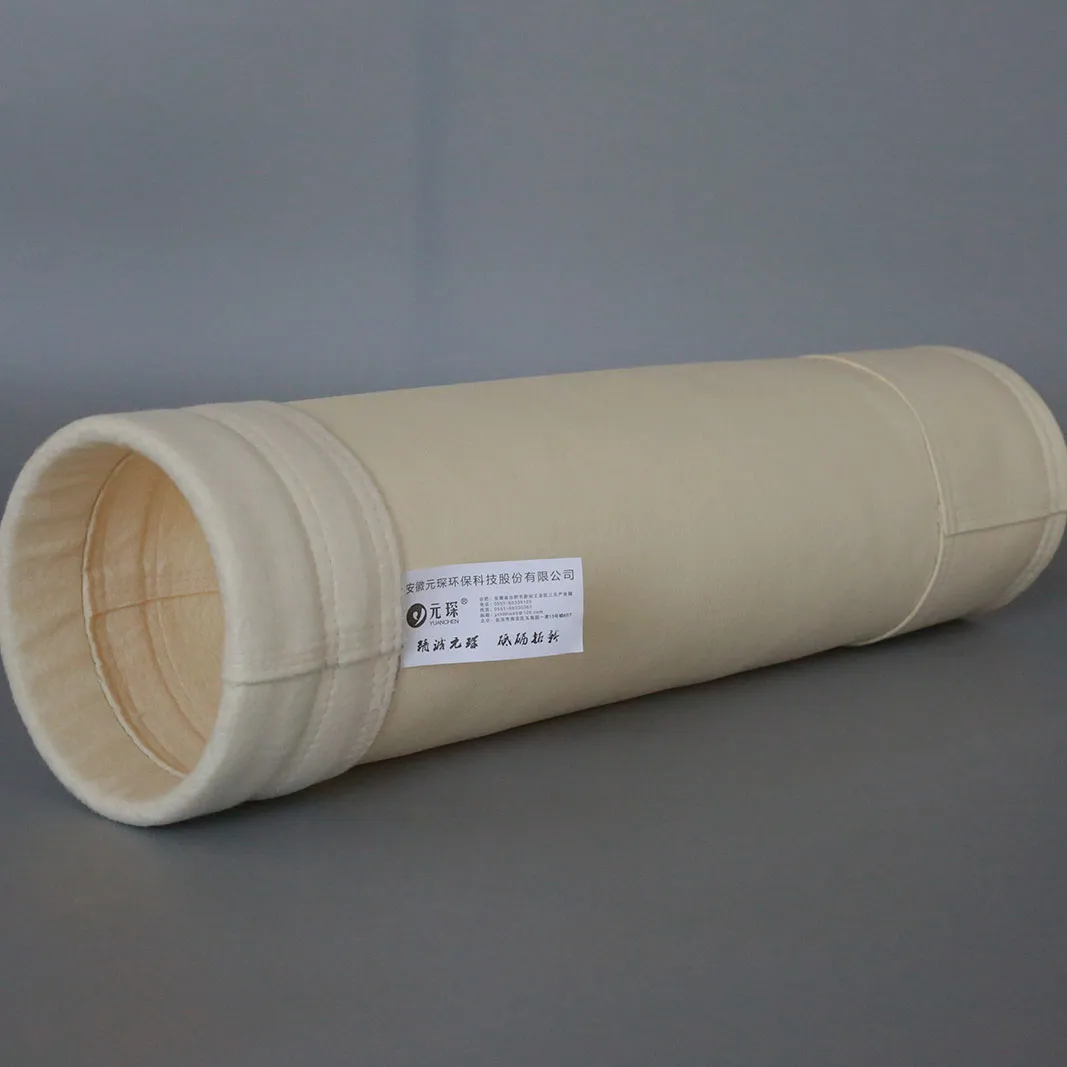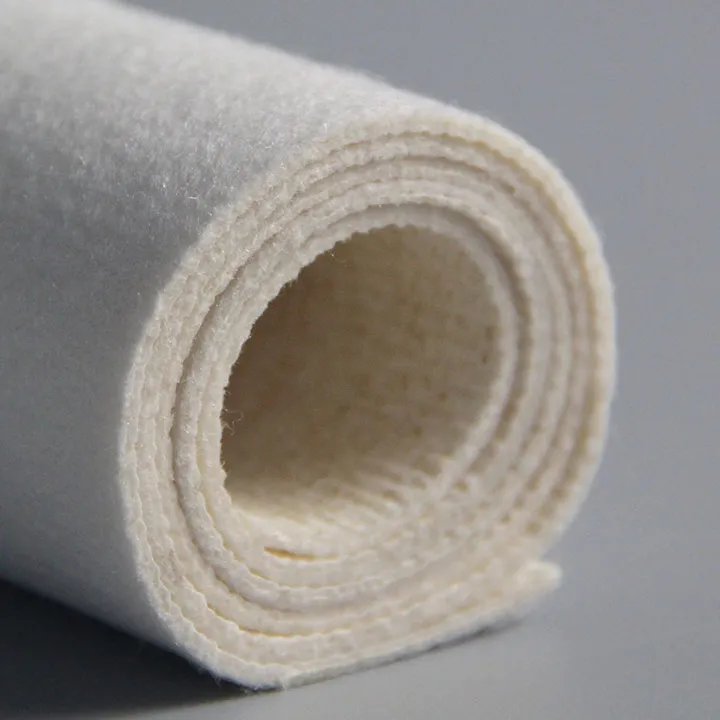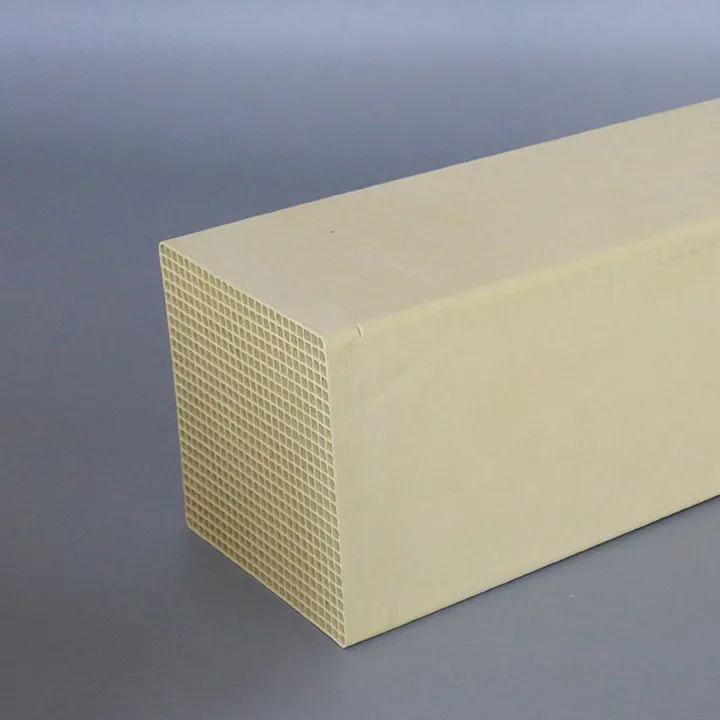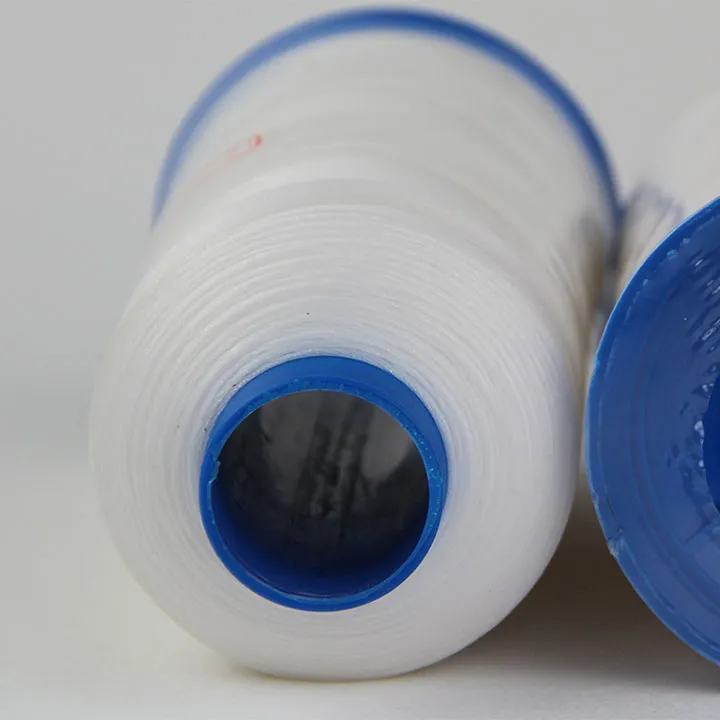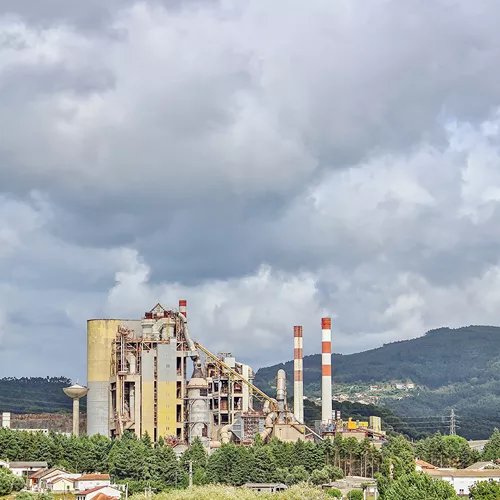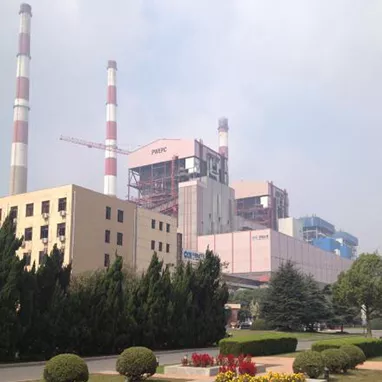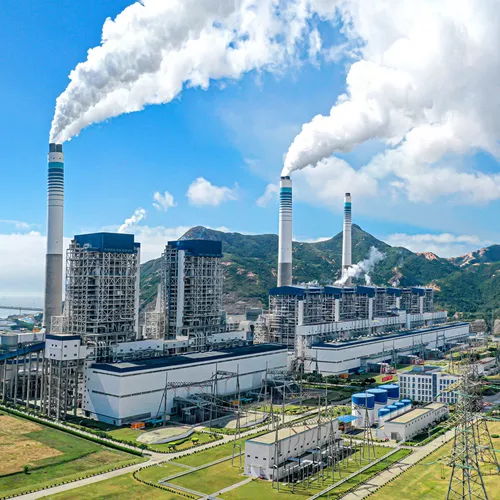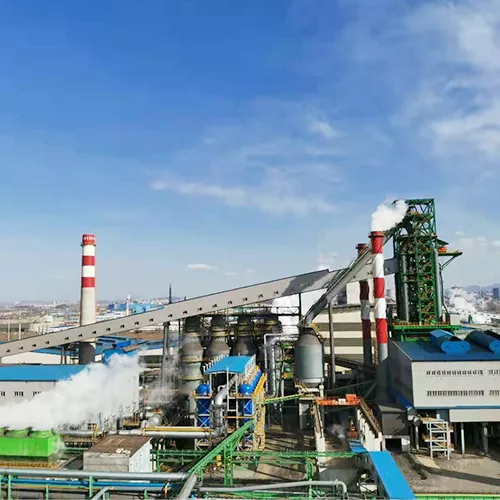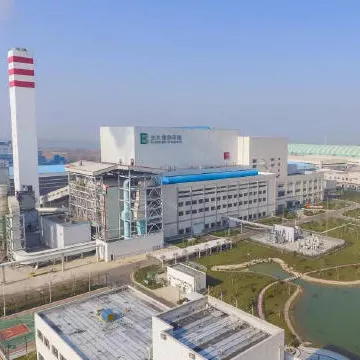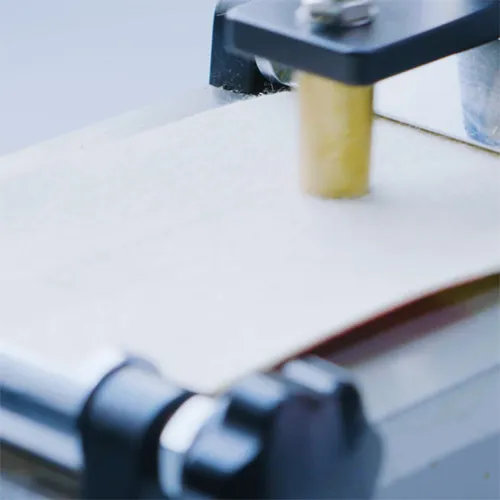How do dust filter bags meet increasingly stringent environmental standards
Dust bags play an important role in meeting industrial emission standards. As environmental protection standards become increasingly stringent, what performance should dust filter bags improve to meet current environmental protection standards? The following are suggestions for improving key aspects such as filtration efficiency, special particle capture, high temperature and corrosion resistance, cleaning performance, and service life of dust bags:
Improve filtration efficiency: High-efficiency dust filter bags can significantly improve filtration efficiency and ensure that the gases discharged into the atmosphere meet or even exceed environmental protection standards. According to industry standards, the filtration efficiency of dust filter bags is usually required to be 99% or higher. This means that the dust filter bags must be able to capture the vast majority of particles and prevent them from being discharged into the atmosphere with the airflow.
Pay attention to the capture of special particles: Specific environmental protection standards have clear requirements for the capture efficiency of fine particles (such as PM2.5, PM10, etc.) to reduce the concentration in the air and protect human health. The filtration efficiency of high-quality filter bags can reach more than 99%, effectively intercepting PM2.5 and finer particles, and significantly reducing the pollution of industrial smoke to the air.
High temperature resistance and corrosion resistance: For dust removal systems working in high temperature environments, filter bags must have good high temperature resistance to ensure filtering effects. Some industrial environments may contain acidic and alkaline gases, which requires filter bag materials to have good corrosion resistance. For example, thermal power plants and steel smelting industries often use filter bag materials that are resistant to high temperatures and corrosion.
Optimize cleaning performance: The cleaning performance of the filter bag should ensure that the filtering effect will not decrease during the cleaning process. Regular cleaning or replacement can maintain a good operating state and avoid clogging caused by dust accumulation and affecting filtering efficiency.
Extend service life: Environmental protection standards usually stipulate the service life of filter bags, requiring them to maintain stable performance under specified working conditions. High-quality filter bags not only have high filtering efficiency, but also have a longer service life, thereby reducing replacement frequency and cost.
Comply with relevant regulations: When choosing filter bags, companies must understand and follow relevant regulations to ensure legal compliance. With the increase in global environmental protection requirements, strict control of emissions in various industrial fields has become a trend. Choosing the right dust removal filter bag is crucial for companies to achieve environmental protection standards.
Introduce intelligent monitoring system: In the future, with the development of new material technology and the introduction of intelligent filter bag monitoring system, the performance of dust filter bags will be further improved. Enterprises should keep an eye on the latest technological trends so as to update and optimize their environmental protection facilities in a timely manner.
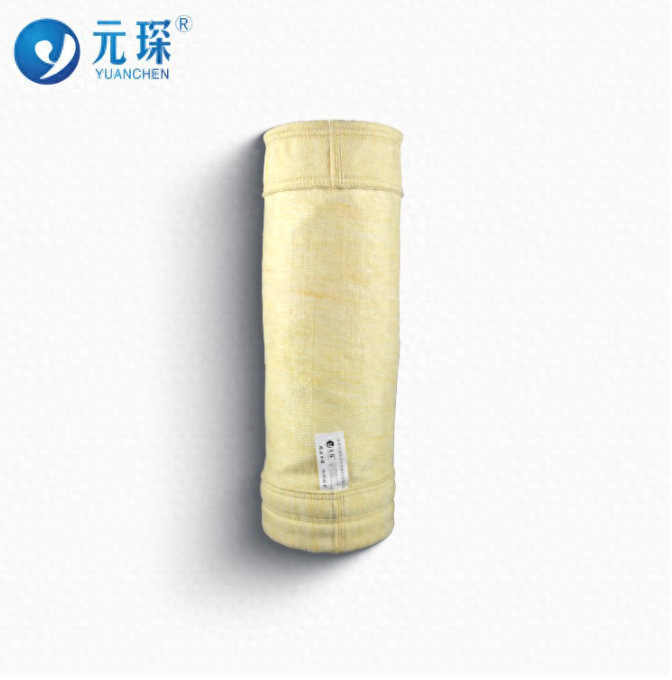
Improving the filtration efficiency of filter bags is the key to ensuring that industrial emission control meets standards. Next, some effective methods will be provided to help enterprises choose suitable dust filter bags and improve the filtration performance of dust bags:
Choose suitable filter bag materials: According to the characteristics of flue gas, choose high temperature resistant and corrosion resistant materials, such as P84, PTFE or aramid. Under different working conditions, suitable filter bag materials should be selected, such as high temperature resistant materials in high temperature environments and corrosion resistant materials in acid and alkali environments.
Optimize filter bag structure: Using advanced filter bag design, such as gradient filter material structure, can reduce pressure drop while maintaining high efficiency filtration. For fine dust, surface filtration filter bags can be selected to intercept tiny particles using microporous structures.
Regular maintenance and cleaning: Establish a scientific maintenance system, regularly check the wear and dust accumulation of the filter bags, and replace or repair damaged filter bags in time. Use high-frequency cleaning operations, such as pulse jetting, to effectively remove dust accumulation on the surface of the filter bags and prevent blockage.
Control operating parameters: Reasonably set the operating parameters of the dust collector, such as wind speed, temperature and humidity, to avoid damage to the dust extractor filter bags due to excessive temperature or humidity. Keep the air flow evenly distributed to avoid damage to the filter bags caused by local overload.
Introduce intelligent monitoring system: Install online monitoring equipment to monitor the working status of the filter bags in real time, and detect and handle abnormal situations in time. Use data analysis technology to perform predictive maintenance on the use of filter bags, and take measures in advance to extend the life of the filter bags.
Use efficient auxiliary devices: Install pre-dust collectors, such as cyclone dust collectors, at the air inlet to reduce the burden on the filter bags. Use diversion devices to improve air flow distribution and reduce wear and blockage of filter bags.
Train operators: Train operators regularly to improve their ability to maintain and troubleshoot filter bags. Develop a detailed operation manual to guide operators to use and maintain the filter bags correctly.
Adopt modular design: The filter bag system with modular design is easy to replace and maintain quickly. The modular design can also flexibly adjust the number of filter bags according to actual needs to adapt to different working conditions.
Through the comprehensive application of the above measures, enterprises can significantly improve the filtration efficiency of dust filter bags, ensure that emissions meet standards, and reduce operating costs. This not only helps to protect the environment, but also enhances the company’s social responsibility image. Improving the filtration efficiency of dust filter bags, paying attention to the capture of special particles, enhancing high temperature and corrosion resistance, optimizing dust cleaning performance, extending service life, and introducing intelligent monitoring systems are all important measures to improve the overall performance of dust filter bags. Through scientific selection of materials, optimized design, regular maintenance and the use of advanced technology, enterprises can significantly improve dust removal efficiency, ensure environmental protection standards, and reduce operating costs. This not only helps to protect the environment, but also enhances the company’s social responsibility image.


